Try to buy the lightest, best manufactured bike you can afford.
Inexpensive bikes tend to be poorly designed and use cheap, heavy materials, which makes it more difficult for kids to control. Those bikes are also prone to fall apart more quickly (e.g., loose chains, flat tires, handle bars that don’t stay aligned in the frame). While an additional $100-$200 may seem like a lot, a bike that offers a smoother ride, is easier to control, and lasts longer will be worth the investment. Plus, you can recoup some of that money by selling the bike later whereas the cheaper bikes tend to be simply left on the curb as a free giveaway.
Check with your local bike shop – they often have used bikes on consignment.
When our daughter was ready for the next size, we went to a large pre-owned bike sale. We chose an 18” Specialized bike. Despite my initial shock at the $235 sticker price for a used bike, it turned out to be a great deal. She loved that bike and I loved that the bike shop had given it a comprehensive parts review and free tune up. It was a smooth ride and she quickly learned to use the gears and hand brakes. More than 18 months later, we easily sold it for $90, bringing the net price down to only $145.
Safety Considerations
- A lighter frame is easier for kids to control and helps them avoid potential accidents.
- Look for bikes and/or accessories that have bright colors and reflectors.
- Chain guards are important for younger kids.
- Ensure the bike is a good fit for their height, strength, and riding ability. Buying a larger bike under the premise that the kid will grow into can lead to a frustrating riding experience and may lead to accidents.
- If you purchased the bike online, take it to the bike shop for a safety check to ensure it was built properly.
- Don’t forget to purchase a high quality helmet and make sure they always wear it!
Kids Bike Sizes
Kids bikes are measured by wheel size, ranging from 12-inch wheels (toddlers) to 24-inch wheels (taller kids who will soon be ready for an adult bike). The best size is typically determined by the measurement of your child’s inseam, the length of the inside of their leg. Have your child stand over the bike to ensure they have enough room over the bar. Your kid should be able to touch the ground with their tiptoes while seated on the bike. When riding, there should be a slight bend in their knee.
- 12” Bikes – These are typically balance bikes or tricycles and great for toddlers.
- 14” – 16” Bikes – Single gear with pedal coaster brakes.
- 20” Bikes – Hand breaks and multiple gears are typically introduced.
| Wheel Size | 12″ | 14″ | 16″ | 20″ | 24″ | 26″ |
|---|---|---|---|---|---|---|
| Inseam | 15″ – 18″ | 16″ – 20″ | 17″ – 22″ | 18″ – 25″ | 23″ – 28″ | 25″ + |
| Height | 36″ – 39″ | 37″ – 44″ | 42″ – 48″ | 45″ – 54″ | 49″ – 59″ | 56″ + |
| Age | 2 – 3 | 3 – 4 | 4 – 6 | 5 – 8 | 8 – 11 | 10+ |
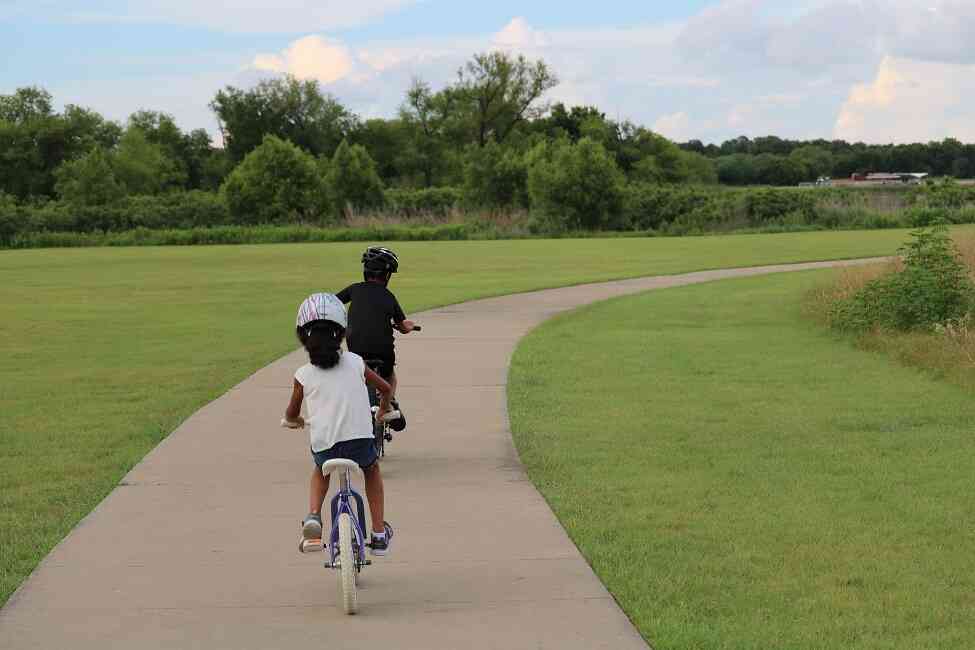
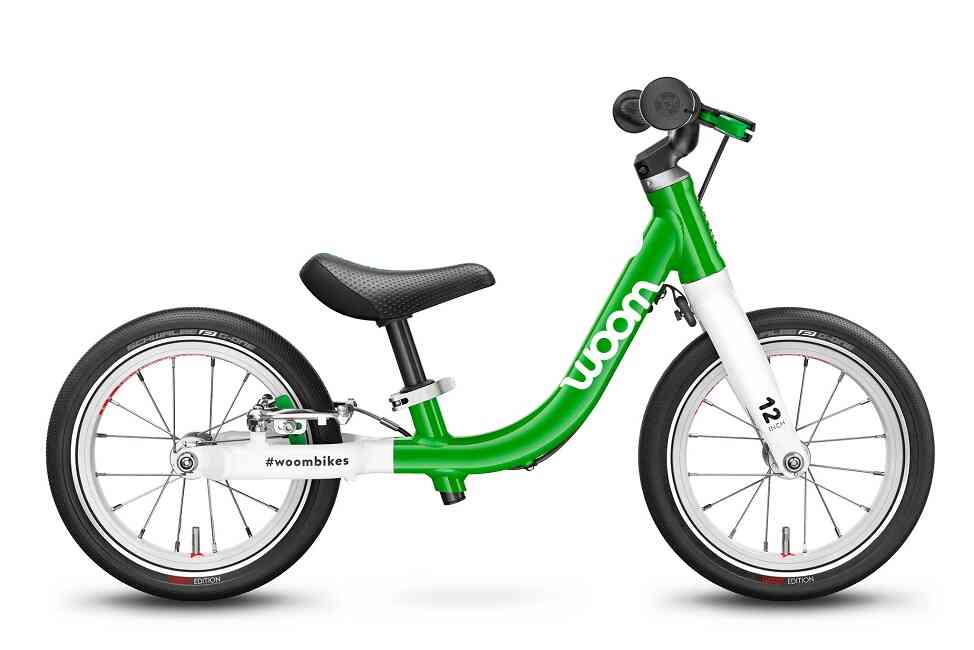
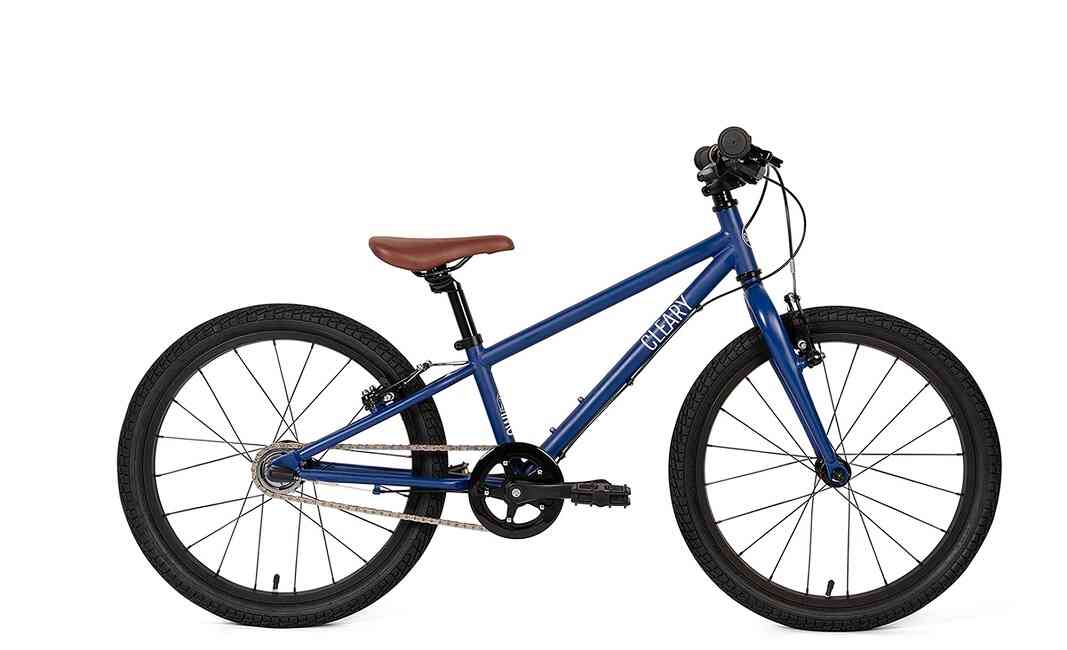
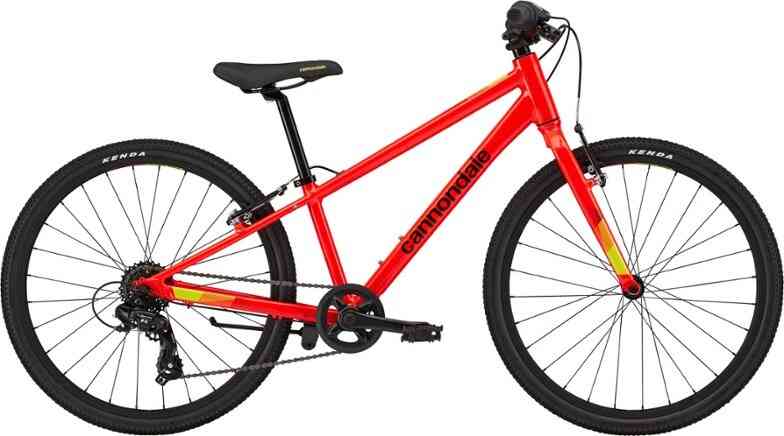
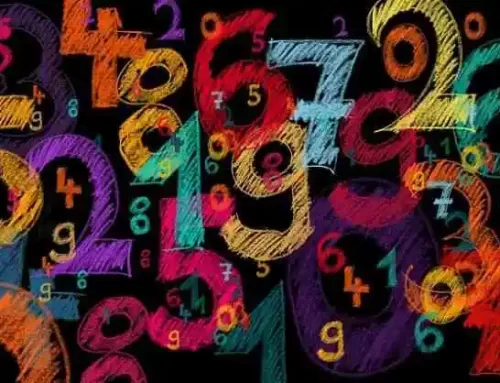

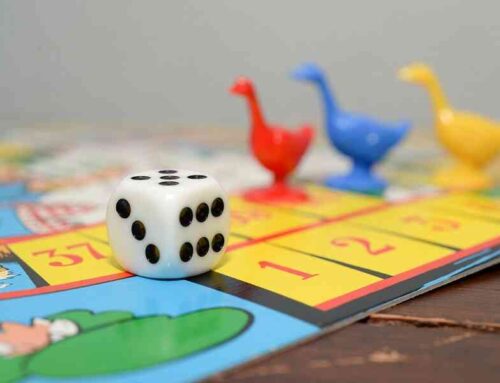
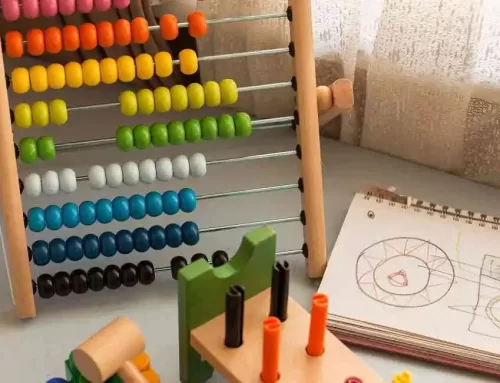
Leave A Comment